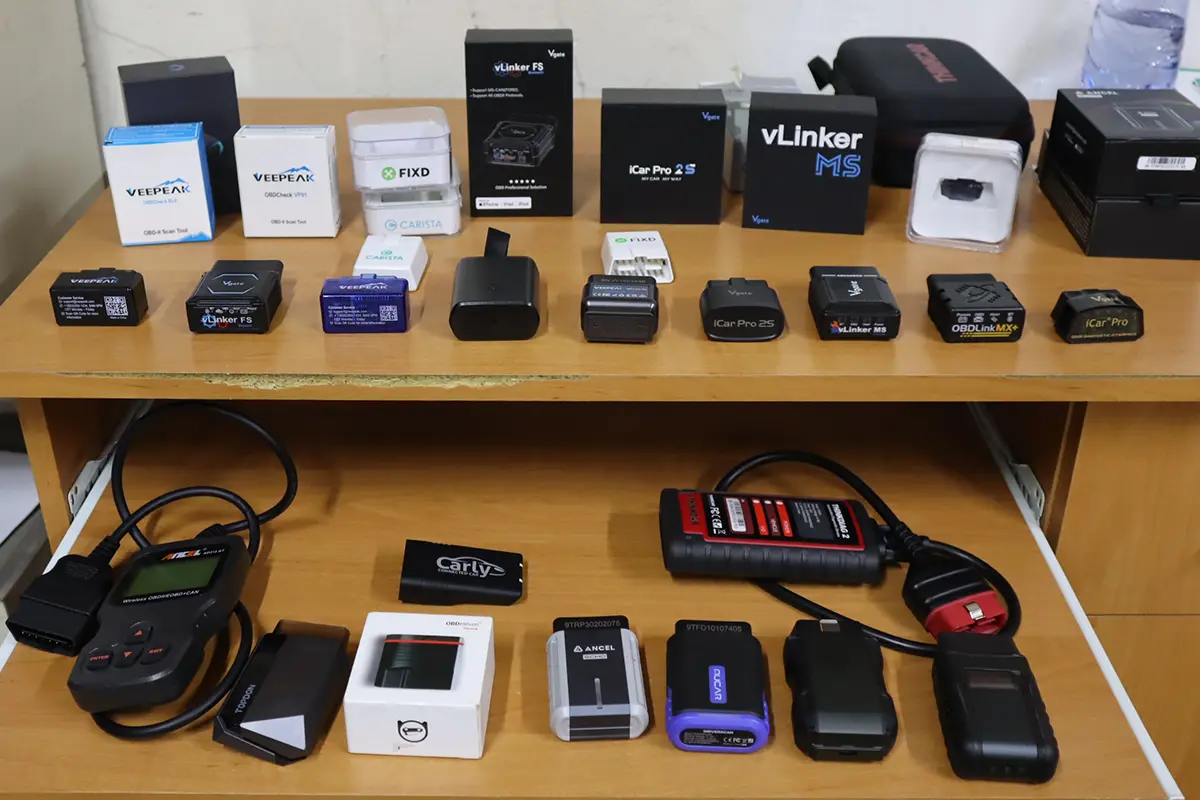The P0C26: Auxiliary Transmission Fluid Pump Motor Current fault code indicates an issue with the current sensor that monitors the auxiliary transmission fluid pump motor. This could be caused by a faulty motor current sensor, wiring problems, or electrical system issues. The motor current is critical for the proper operation of the pump, and irregularities can affect the transmission cooling system.
P0C26 – Quick Overview
| Code | Information |
|---|---|
| Meaning | P0C26: Auxiliary Transmission Fluid Pump Motor Current |
| Is it serious? | Yes, improper motor current can lead to pump failure, affecting transmission cooling. |
| Possible causes | – Faulty motor current sensor – Wiring issues – Electrical system problems |
| How to diagnose? | – Test the motor current sensor – Inspect wiring and connections – Check the electrical system |
P0C26 Meaning
The P0C26 code means that there is an issue with the current being drawn by the auxiliary transmission fluid pump motor, which could be due to a malfunctioning current sensor, wiring issues, or electrical system faults. The current sensor monitors how much electrical current the pump motor uses to ensure it operates within the correct range. Any deviations can cause the pump to malfunction and affect the cooling of the transmission fluid.
Step-by-step diagnostic guide
| Action | Description | Tools Needed |
|---|---|---|
| Check for Other Codes | Use an OBD-II scanner to check for additional related codes, particularly those related to the electrical system or motor performance. | OBD-II Scanner |
| Test the Motor Current Sensor | Use a multimeter or diagnostic tool to measure the output from the motor current sensor. Compare the readings with the manufacturer’s specifications to ensure it is operating correctly. | Multimeter, Diagnostic Tool |
| Inspect Wiring and Connections | Visually inspect the wiring and connections for any signs of damage, corrosion, or loose connections that could affect the current readings. Repair or replace faulty wiring as necessary. | Flashlight, Multimeter, Wiring Diagram |
| Check the Electrical System | Inspect the vehicle’s electrical system, including the battery, alternator, and voltage regulator, to ensure the system is providing proper voltage and current to the motor. | Multimeter, Flashlight, Electrical System Tools |
| Test the Pump Motor Components | Test the auxiliary transmission fluid pump motor to ensure it is drawing the correct amount of current and functioning properly. Replace any faulty components if needed. | Diagnostic Tool, Pump Testing Equipment |
| Clear the Code and Test Drive | After completing repairs, clear the fault code using an OBD-II scanner and perform a test drive to ensure the issue has been resolved and the pump is working correctly. | OBD-II Scanner, Vehicle Owner’s Manual |
| Recheck for Codes | After the test drive, re-scan the system to confirm that the P0C26 code does not return. | OBD-II Scanner |

OBD-II scanner Buyer’s Guide
- Scanner features explained
- Different types of scanners
- Scanners for coding/odometer/ECU/checks
- Best picks + discount codes

Hi, I am Juraj “Yuri” Lukacko. I got frustrated by unhelpful and scammy mechanics, so I decided to learn everything about car diagnostics myself. I test dozens of new car diagnostic tools every month along with learning new strategies to fix and customize cars. About Juraj Lukacko (Yuri)